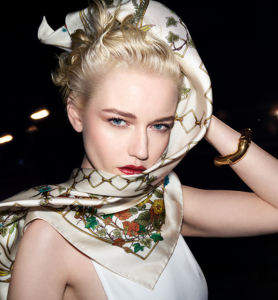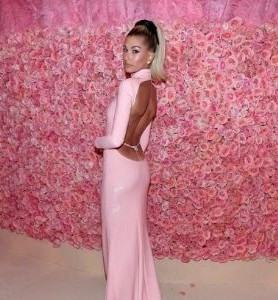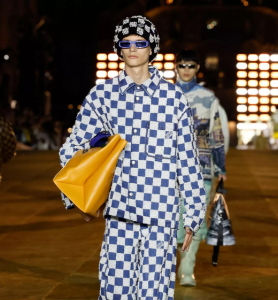Remix reviews: Dior Spring/Summer Menswear 2026
Undeniably, Paris Fashion Week remains the pinnacle of the global menswear calendar—a stage where heritage houses and new-generation disruptors share equal footing. From the well-walked, grunge-tinged runway of Rick Owens to the avant-street energy of names like AWGE, the Spring/Summer 2026 season has had no shortage of headline moments. Yet none more scrutinised—or speculated upon—than the debut Dior Menswear show under Jonathan Anderson. In a move that sent ripples through the industry earlier this year, Anderson traded the experimental sanctuary of Loewe, where he had built a singular aesthetic language, for the weightier legacy of Dior, stepping into the role of Creative Director across all divisions.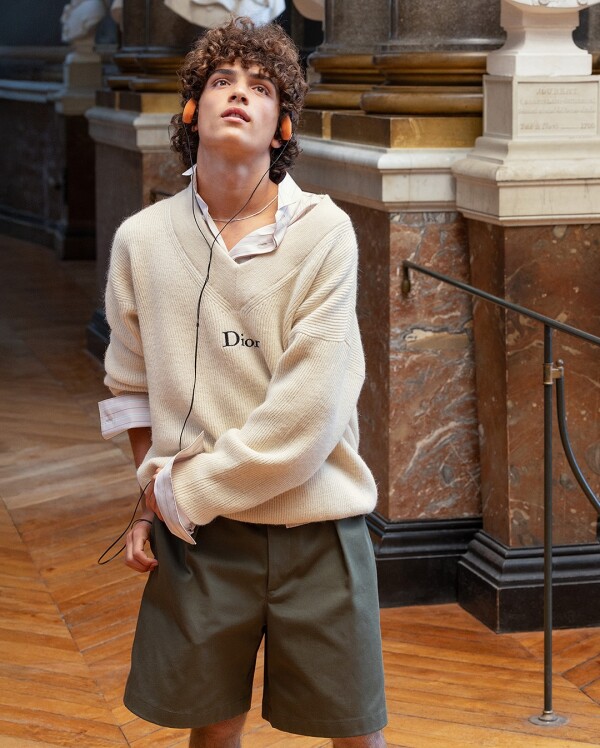
Image via @dior
Such a transition doesn't come without friction. As the crown jewel in the LVMH empire, Dior carries an inherent expectation: to balance artistic innovation with commercial viability. We observed this during Maria Grazia Chiuri's tenure, where the limits of commercial restraint often led to conservative design choices.
With a legacy as storied as Dior's, the temptation to lean on the past is ever-present. The house's iconography offers a seductive safety net. But in the wrong hands, these heritage references risk becoming aesthetic crutches that favour nostalgia over reinvention.
Jonathan Anderson, however, deftly avoided this trap. Rather than parroting Dior's greatest hits, he provided a remix that honoured the house's DNA without becoming entangled in it. 
Images via Pinterest
His interpretation of Dior's hallmark 'New Look' aesthetic from the 1947 collection was a testament to this. The iconic Bar jacket—famed for its nipped-in waist and flared peplum, traditionally worn by the female form—was reimagined for the 2026 Menswear collection as a garment cut closer to the body's natural lines, free from the transformative padding of its predecessors. In place of the matching skirts typically cut from the same cloth, Anderson paired his tweed Bar jackets with voluminous, multi-layered, knee-length cargo shorts—a direct reference to Dior's Winter 1948 couture dress, Delft. The finishing touch? Contrasting socks and sandals or chunky, undone sneakers.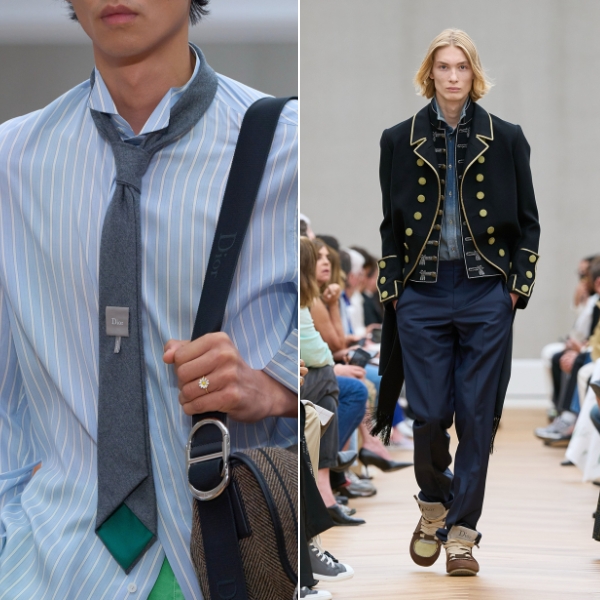
Images via @jonathon.anderson, Dior
Throughout the show, Anderson toyed with dismantling antiquated class structures and traditional dress codes. Think 1700s French court jackets styled with undone trainers, velvet blazers and ruffled collars juxtaposed against faded denim or silk cravats thrown over pyjama suiting. Who says you can't wear Converse with your dress—just make it Dior? There was an undeniable sense of preppiness in the styling, but not the polished Ivy League kind. This was prep via Saltburn and Gossip Girl: angsty, undone, deliberately dishevelled. Shirts untucked beneath Dior-branded knits; collars flipped up, ties skewed backwards, jackets worn bare-chested. Very nonchalant, very intentional—very middle finger to the dress code.
And where there's Anderson, there's wearability. The designer knows how to create clothes that sell. Yes, a French court jacket, ruffled collar and dress trousers may, together, verge on costume—but split apart and styled with an opposing aesthetic, they feel entirely plausible, even desirable.
It's clear from the outset that Anderson has done his homework. The collection was peppered with quintessential Dior signifiers, each one reframed through a mischief-tinged lens. This new chapter feels like the devil on Dior's tweed shoulder—the one nudging the house into uncharted waters. It's not always polished or pristine, but it's scratching an anarchy itch. And Anderson has time to shape that rebellion: five collections stand between now and next spring's Cruise show—plenty of room for evolution and for the Dior diehards to adjust their gaze. And in the words of the man of the hour, 'You have to start somewhere.'



